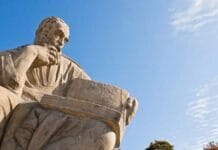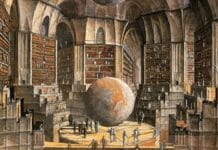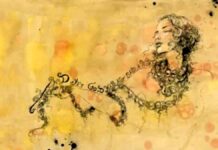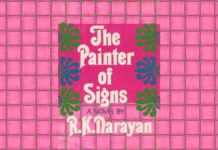Homer, the earliest poet in Western culture, composed two major works Iliad and Odyssey. In conjunction with Hesiod, Homer acts as a great pool of information for the Greeks about their gods. The Greeks regarded the great epics as something more than works of literature. They valued them not only as a symbol of Hellenic unity and heroism but also as an ancient source of moral and even practical instruction.
Homer’s two epic poems have become archetypal road maps in world mythology. The stories provide an important insight into early human society, and illustrate, in some aspects, how little has changed. Even if Iliad itself seems unfamiliar, the story of the siege of Troy, the Trojan War and Paris’ kidnapping of Helen, the world’s most beautiful woman, are all familiar characters or scenarios. Homer’s poems were believed to be recorded just soon after the alphabet was invented. Before that, his poetry would have otherwise had to be spoken instead of written! The first written poems were said to have been dictated by the poet between 8 and 6 BC.
The poems were first compiled, organised, and edited under the Athenian Peisistratus, but the Greek text that we have survives are from Alexandrian scholars, Zenodotus and Aristophanes of Byzantium and Aristarchus and their comments on the texts. The first printed editions of Homer were in 1488 CE in Florence by Chalcondyles of Athens.
Iliad and Odyssey are performed and loved by many to this day. Iliad traces the anger of Achilles and takes place over 51 days during the tenth and final year of the Trojan War. The poem takes its name from the city of Troy, which is also known as Ilium. In the poem, Iliad, Homer talks about the chaotic events that took place in the city of Ilium during the Trojan war, especially the war between the Trojans and the Greeks in the last year of the war. Paris the son of Priam, kidnapped Helen, the daughter of Menelaus; thus causing the war.

Iliad had 15,693 lines and in it are illustrations and mentions of several gods and goddesses, including Zeus, Hera, Athena, Poseidon, Apollo, Ares, and Aphrodite. The highlights include the lengthy catalogue of ships of the Greek invading forces, the death of Patroclus and the description of him being carried away by the twins Hypnos and Thanatos (Sleep and Death), the description of the shield of Achilles, the reconciliation between Achilles and Priam, several set-piece battles between pairs of Greek heroes, and most famously the fight between Achilles and Hektor. In all of these events the intervention of the Greek gods, especially Athena on the side of the Greeks and Apollo for the Trojans, is instrumental in the outcome of all of the human actions during the war. Whereas war and anger were the themes of the Iliad, Odyssey takes place after the Trojan War has been won by the Achaeans (as the Greeks are referred to by Homer).

Odyssey is concerned with the nostos (journey) of the Greek hero Odysseus (the protagonist after whom the poem is named) after the Trojan War. Odysseus and his men encountered Scylla, a monster with 6 heads and 12 tentacles and Charybdis, a whirlpool which they escaped narrowly, during their adventurous journey. All of his men died in the end in a shipwreck, leaving only Odysseus, who was captured seven years later. The highlights of the poem include Odysseus’ famous encounters with the Sirens, with the Cyclops Polyphemus, and the slaying of his wife Penelope’s suitors upon his return to Ithaca.
Other similar works by Homer, poems which ranged from only a few lines to hundreds; known as Homeric poems one of them being the Epic Cycle on the Trojan War, had the same dialect as Odyssey and Illiad. Epic Cycle, a collection of poems, illustrates the happenings of the Trojan war. He also wrote the Homeric hymns, which is a collection of 33 Greek hymns celebrating individual gods.
There have always been debates as to the ‘person’ of Homer: many places claim to be his birthplace. It is even debated whether or not the two great works were written by the same person; controversy about authorship springs from the differing styles of the two long narrative poems, indicating they were composed a century apart, while other historians claim only decades. The more formal structure of the Iliad is attributed to a poet at the height of his powers, whereas the more colloquial, novelistic approach in Odyssey is attributed to an elderly Homer.
Homer enriched his descriptive story with the liberal use of simile and metaphor, which has inspired a long path of writers behind him. His structuring device was to start in the middle – in medias res – and then fill in the missing information via remembrances. The two narrative poems pop up throughout modern literature: Homer’s Odyssey has parallels in James Joyce’s Ulysses, and his tale of Achilles in Iliad is echoed in J R R Tolkien’s The Fall of Gondolin. Even the Coen Brothers’ film O Brother, Where Art Thou? makes use of Odyssey.
Homer’s work was hugely influential on Greek culture, and scenes from his works appeared in Greek sculpture, on Greek pottery, and in Greek tragedy and comedy. He was studied as part of Greek education, and the legends within his work would influence Hellenistic culture, Roman culture, and far beyond so that Homer’s lasting legacy is that his works are still studied to this day.





























